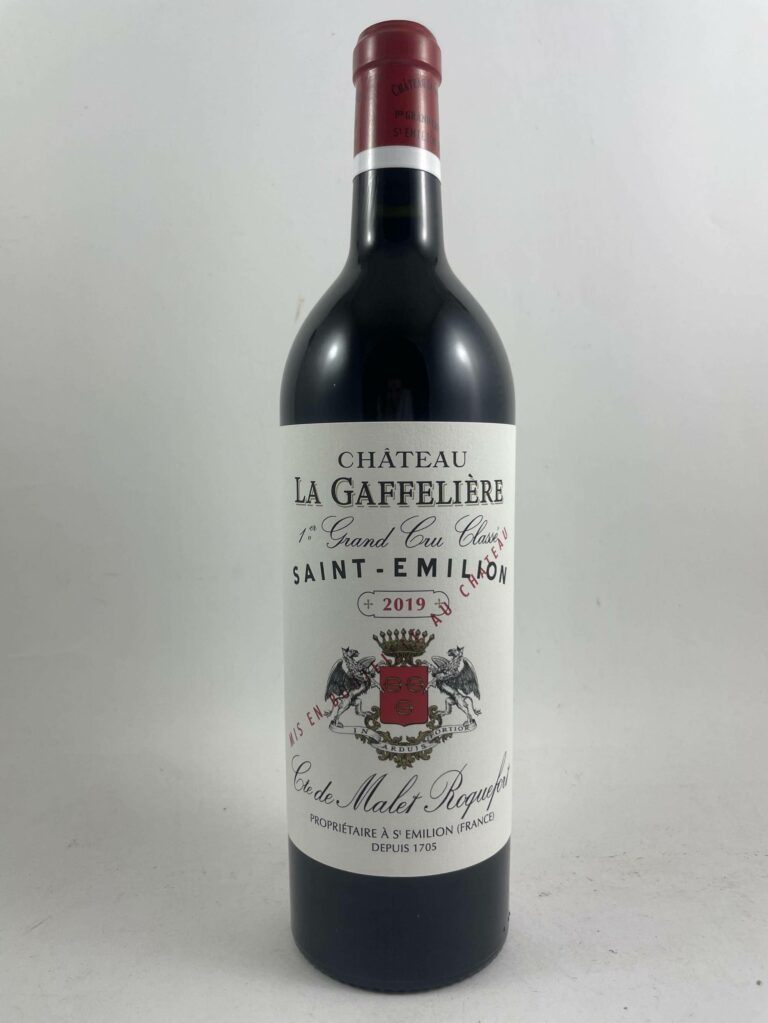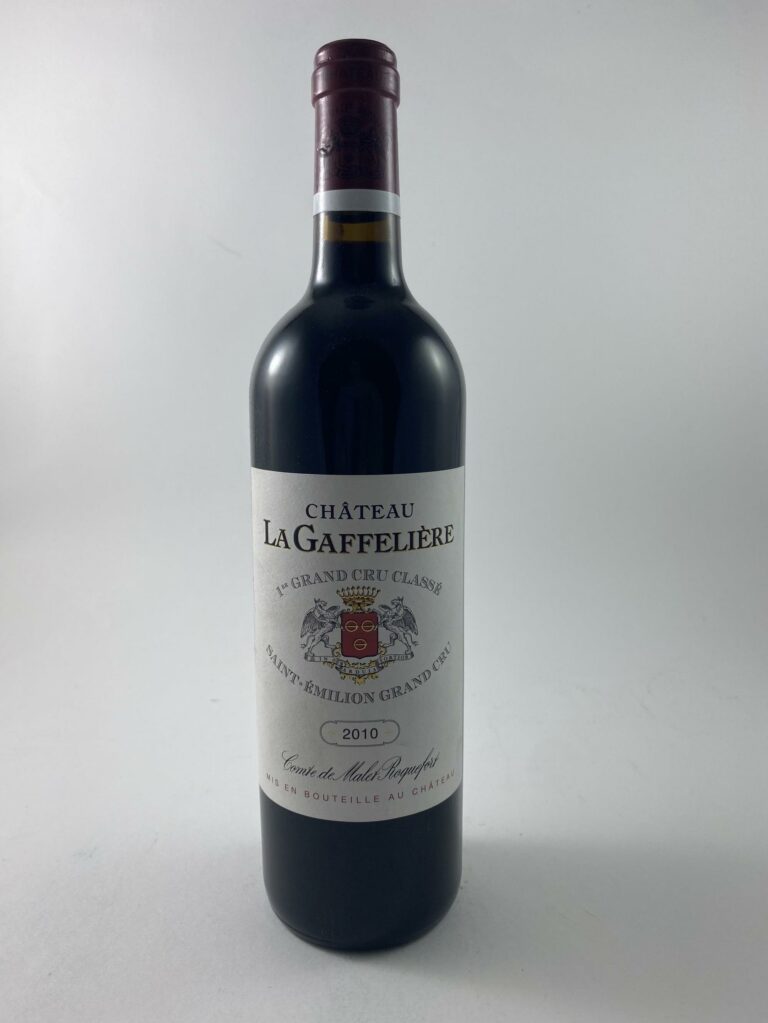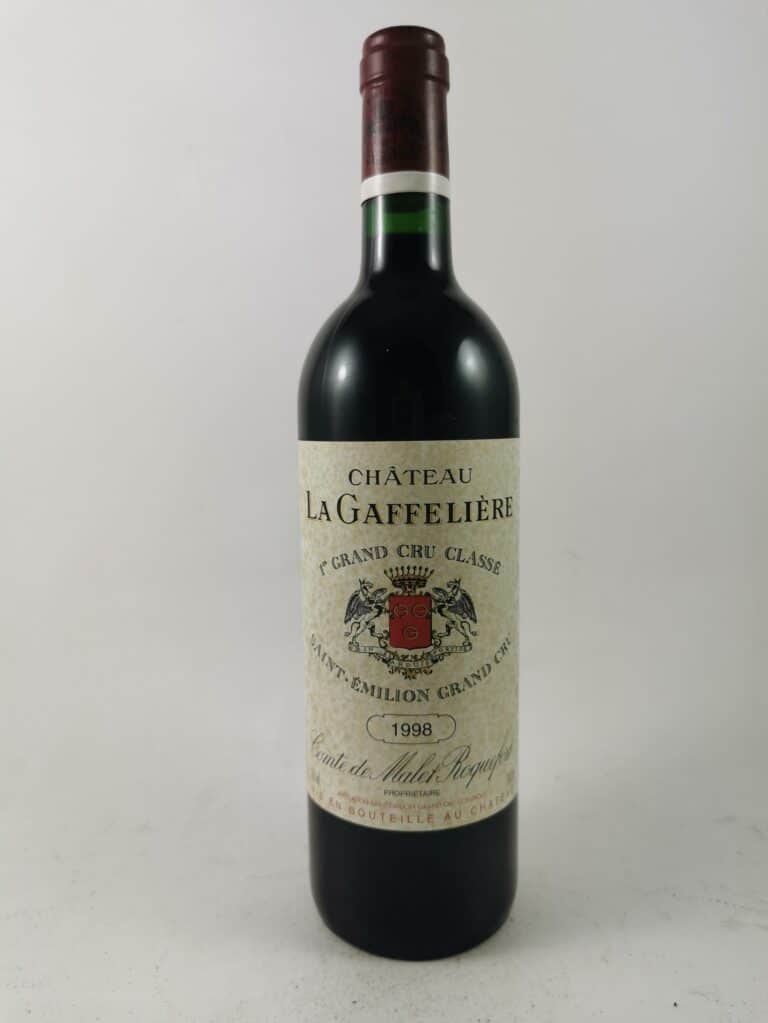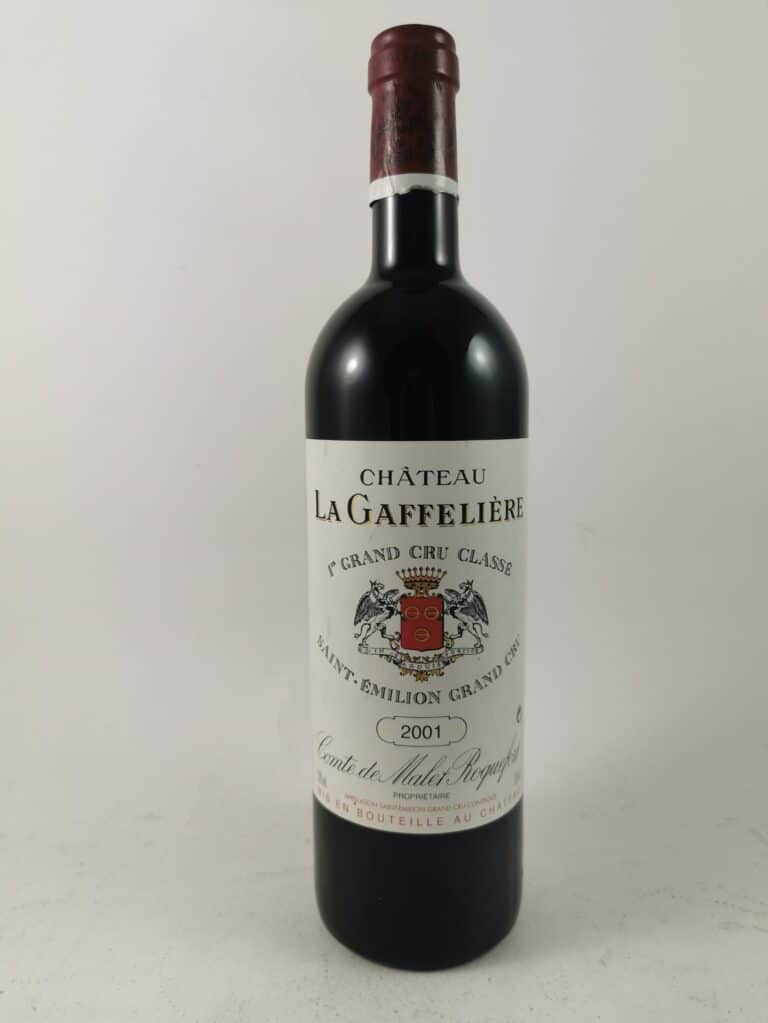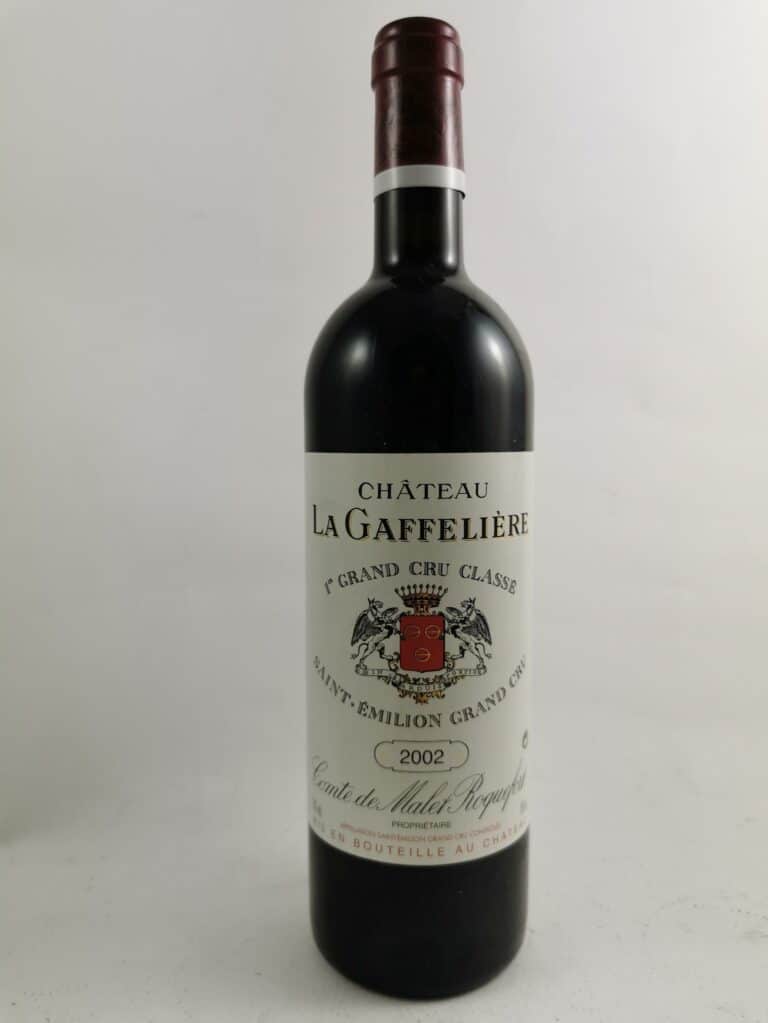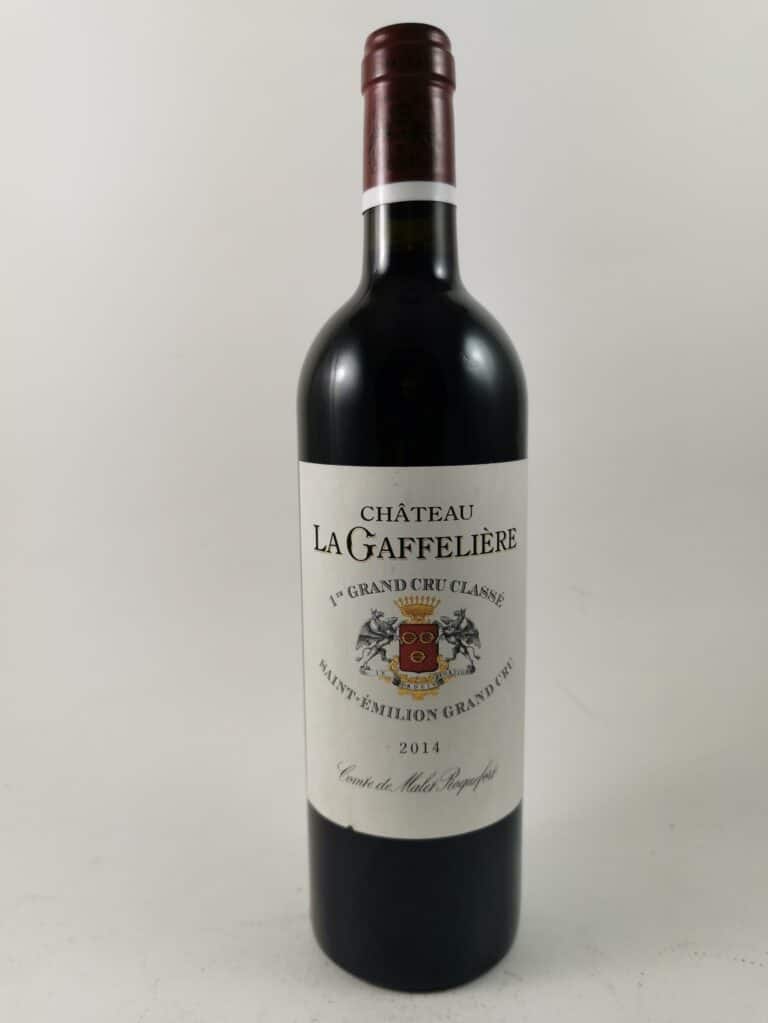Château la Gaffelière
The origins of Château La Gaffelière
The presence of old vines was detected in 1969 in the heart of the Gaffelière estate. These date back to Roman times, as attested by the discovery of a rural site decorated with mosaics.
In the Middle Ages, a leper colony stood on the roadside below the village of Saint-Emilion. The “gaffets”, so called because of the stick (gaffe) they used to move around and beg, gave the place its name of “La Gaffelière”. This hospital existed until the 17th century. Subsequently, Comte de Malet-Roquefort married Isabeau, a descendant of a family who had lived in Saint Emilion for several generations and owned the La Gaffelière and Fonroque estates. He entrusted the cultivation of his land to sharecroppers, who gradually took possession of it.
By 1840, the de Malet de Roquefort family was producing wine at Fondroque (later Château Fonroque), Peygenoustous and Saint-Georges. These wines are considered second-class wines.
At the same time, two producers were working at La Gaffelière: Mr. Boitard, who produced 40 barrels marketed under the name La Gaffelière-Boitard or Canon-Boitard, and Mr. Modet, who produced 10 barrels. Mr Boitard’s vineyard became Château Canon-La-Gaffelière.
In 1843, Count Jean-Léo de Malet-Roquefort bought Mr. Modet’s vineyard and integrated it into his Peygenoustous and Saint-Georges vineyard, which became Peygenoustous-Naudes.
In 1853, Viscount Louis-Alexandre de Malet-Roquefort, commander of the Libourne fortress in 1815 and Viscount and mayor of Saint-Émilion from 1821 to 1830 and again from 1839 to 1844, offered the town a private road that would be used for the railway line and form the boundary of today’s vineyards.
In 1862, the vineyard became the full property of Jean-Léo de Malet-Roquefort, who later sold it to his grandson, Louis-Alexandre de Malet-Roquefort.
In the following years, the Malet-Roquefort family sold several estates, including the Fonroque vineyard in 1886 to Jean Chatonnet (already owner of Château La Magdeleine), the Peygenestous parcel to Albert Macquin, who later created Château Pavie-Macquin, and the Puy-Blanquet vineyard, sold in 1950.
The Peygenoustous-Naudes vineyard is then combined with that of Château La Gaffelière-Naudes.
On June 16, 1955, Domaine La Gaffelière-Naudes was classified Premier Grand Cru Classé B. This classification remains to this day.
In 1990, a new ageing cellar was built. Designed by Philippe Mazières, this underground concrete winery is a first for Saint-Emilion.
Since 2004, Alexandre and Léo de Malet Roquefort have been working hand in hand to manage the estate, and together they are pursuing modernization initiatives (vineyard restructuring, plantings, investments) while remaining faithful to the family spirit and history. It was at this time that they called on Stéphane Derenoncourt, who has been working with them ever since to develop their wines.
In 2013, the vat room was completely redesigned by architect Olivier Chadebost at a cost of three million euros. It combines high technology and aesthetics. The installation of 20 temperature-controlled stainless-steel vats enables very precise parcel-by-parcel vinification. This new winemaking space is combined with other investments such as an optical sorting machine, a cold room and a vertical press.
In June 2022, Château La Gaffelière announced its withdrawal from the seventh Saint-Emilion crus classification.
Terroir and vinification of this Saint-Emilion wine
Terroir
Today, the estate covers 38 hectares, 22 of which are 1er Grand Crus Classé.
The estate’s plots are located in three zones:
- “The asteriated limestone plateau: 3 to 5 m layers of clay and green marl wedged between two layers of limestone. It rises to around 90m above sea level. From the 16th century onwards, limestone was quarried on a large scale, the blocks being used to build Bordeaux’s monuments and townhouses.
- South to south-west-facing slopes: This is an ideal location for vine-growing, as it combines a favorable exposure and slope for ripening and natural water drainage; in addition, the subsoil outcrops of Fronsadais clayey Molasses regulate the vines’ water and mineral supply.
- The foot of the coast: made up of deep sands carbonated by colluvium. These fragile but healthy soils require special attention to bring out the finesse and fruit through precise work. (official Château source)
The vineyard is planted with 75% Merlot and 25% Cabernet Franc.
Winemaking
During manual harvesting, the grapes are transported in individual crates weighing around ten kilos. They spend a night in cold storage before the berries are mechanically separated from the stalks. They are then transported by conveyor belt to the optical sorter. The tanks are filled by natural gravity, as they are located below the harvest reception area.
Each parcel is vinified separately to extract the very expression of its terroir.
Maturing is always carried out in separate batches. Filling the barrels (50% new wood for Château La Gaffelière) is facilitated by natural gravity, since the underground cellar is below the vat room. The vintage is then aged for 14 to 16 months, with only two rackings to check that the process is running smoothly.
The different wines and vintages of Château La Gaffelière
Château La Gaffelière is the Château’s first wine. Annual production is between 60,000 and 80,000 bottles.
This red wine has aromas of red fruits and sweet spices. On the palate, its roundness and opulence are seductive from the outset, then the silky tannins guide us to a straightforward, precise finish.
This is a long-ageing wine that can exceed 20 years in good vintages.
The best vintages to acquire: 1945, 1959, 1982, 1989, 1990, 2000, 2005, 2009, 2010, 2016
Clos La Gaffelière is the estate’s second wine, created in 1985. It is made from 90% of parcelled selections of hillside vines, and has its own vat room and cellar.
The blend of this Bordeaux wine is mainly composed of Merlot (90%) and Cabernet Franc.
A pleasurable, medium-age wine (10-15 years), best drunk young.
Are you interested in Saint-Emilion wines? See also our wines for the following domains:
